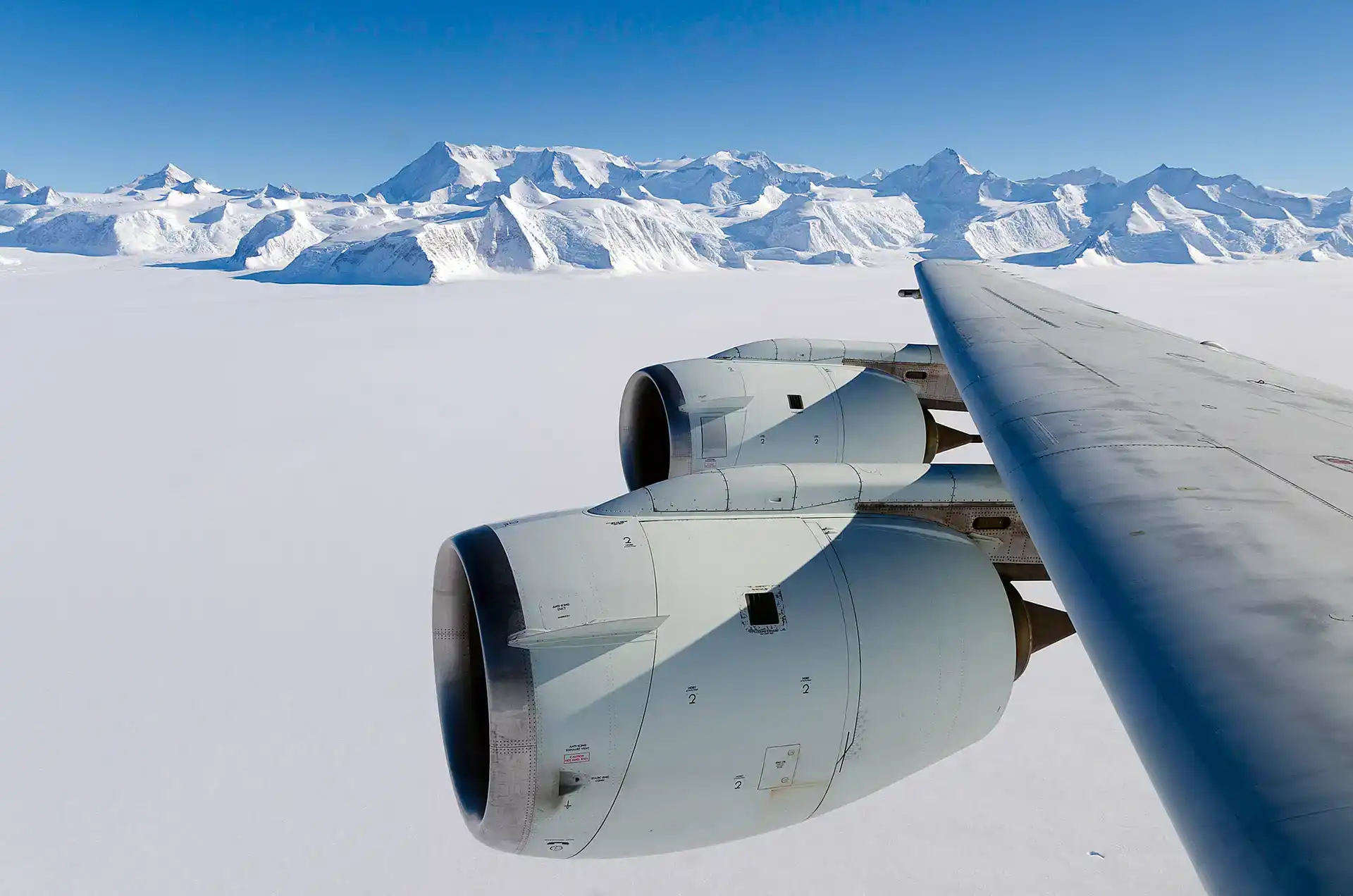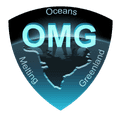- 1
- Campaigns
- 2
- Data Products

Overview
This description will be added in a future version.
Online information
Related Campaigns & Instruments
Review the instruments operated on this platform for each of these field campaigns
Slide 1 of 2

Oceans Melting Greenland
2015—2021
Greenland
view all deployment dates
14 Deployments
· 11 Data Products| 2021-04-21 | 2021-04-29 |
| 2017-08-22 | 2017-10-23 |
| 2018-08-02 | 2018-09-11 |
| 2019-08-12 | 2019-09-05 |
| 2015-07-25 | 2015-09-21 |
| 2020-03-27 | 2020-04-15 |
| 2020-08-16 | 2020-09-12 |
| 2021-08-11 | 2021-09-16 |
| 2017-03-11 | 2017-03-22 |
| 2018-03-06 | 2018-03-20 |
| 2019-03-05 | 2019-04-16 |
| 2016-09-07 | 2016-10-10 |
| 2016-03-20 | 2016-05-28 |
| 2016-07-05 | 2016-08-16 |
Conductivity, Temperature, and Depth (CTD) sensors are in situ instruments used to measure water depth, pressure, salinity, temperature, and density in the ocean. CTD sensors can be deployed on various water-based platforms such as autonomous underwater vehicles (AUVs), buoys, gliders, or research vessels. When mounted on a vessel, CTD sensors are usually attached to a rosette and then lowered to the seafloor to record water properties. These sensors typically sample at 30 Hz and can provide accurate measurements at specific water depths according to the researcher's needs.
Earth Science > Oceans > Ocean Pressure > Water Pressure
Earth Science > Oceans > Bathymetry/seafloor Topography > Water Depth
Earth Science > Oceans > Salinity/density > Conductivity
Earth Science > Oceans > Salinity/density > Density
Earth Science > Oceans > Salinity/density > Salinity
Earth Science > Oceans > Ocean Temperature > Water Temperature
Earth Science > Oceans > Salinity/density
The Multibeam Echo Sounder System (MBES) is an active sonar device that collects bathymetric measurements. MBES works by sending out a sound pulse and detecting objects in the water through the returning echoes. It records the time and angle of each echo to produce a high-resolution three-dimensional (3D) map of the seafloor. High-frequency systems (100-1000 kHz) are usually used in shallow waters and can operate in depths as shallow as 1 meter. Lower-frequency systems (10-70 kHz) are suitable for deeper waters (more than 10 km deep) and can be mounted on large research ships.
Earth Science > Oceans > Bathymetry/seafloor Topography > Water Depth
Earth Science > Oceans > Ocean Acoustics
Earth Science > Oceans > Bathymetry/seafloor Topography > Bathymetry
Earth Science > Oceans > Bathymetry/seafloor Topography > Seafloor Topography

Oceans Melting Greenland
2015—2021
Greenland
view all deployment dates
14 Deployments
· 11 Data Products| 2021-04-21 | 2021-04-29 |
| 2017-08-22 | 2017-10-23 |
| 2018-08-02 | 2018-09-11 |
| 2019-08-12 | 2019-09-05 |
| 2015-07-25 | 2015-09-21 |
| 2020-03-27 | 2020-04-15 |
| 2020-08-16 | 2020-09-12 |
| 2021-08-11 | 2021-09-16 |
| 2017-03-11 | 2017-03-22 |
| 2018-03-06 | 2018-03-20 |
| 2019-03-05 | 2019-04-16 |
| 2016-09-07 | 2016-10-10 |
| 2016-03-20 | 2016-05-28 |
| 2016-07-05 | 2016-08-16 |
The Multibeam Echo Sounder System (MBES) is an active sonar device that collects bathymetric measurements. MBES works by sending out a sound pulse and detecting objects in the water through the returning echoes. It records the time and angle of each echo to produce a high-resolution three-dimensional (3D) map of the seafloor. High-frequency systems (100-1000 kHz) are usually used in shallow waters and can operate in depths as shallow as 1 meter. Lower-frequency systems (10-70 kHz) are suitable for deeper waters (more than 10 km deep) and can be mounted on large research ships.
Earth Science > Oceans > Bathymetry/seafloor Topography > Water Depth
Earth Science > Oceans > Ocean Acoustics
Earth Science > Oceans > Bathymetry/seafloor Topography > Bathymetry
Earth Science > Oceans > Bathymetry/seafloor Topography > Seafloor Topography
Filter data products from this platform by specific campaigns, instruments, or formats.
Campaigns
CAMPAIGNS▼
Instruments
INSTRUMENTS▼
Formats
FORMATS▼